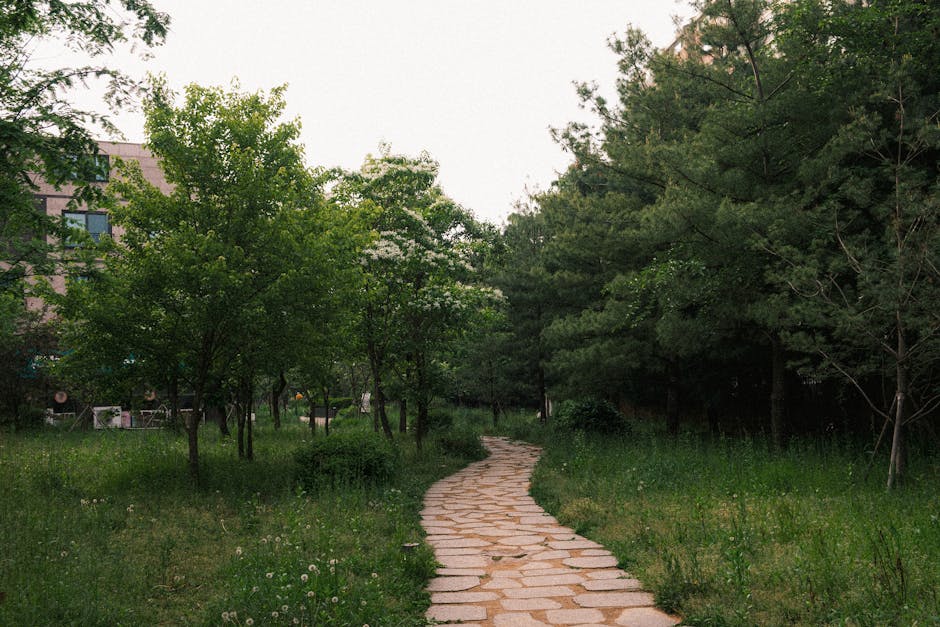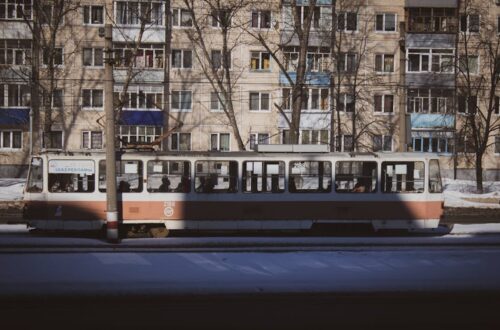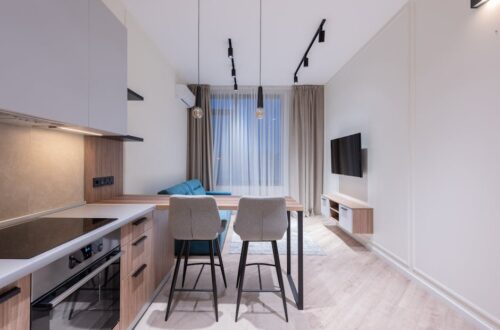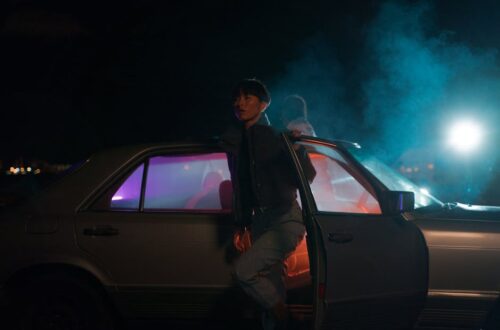Scene flow has always been at the heart of TV and film storytelling, shaping how stories transition from one moment to the next and guiding audiences through emotional and narrative arcs. From the golden age of television to today’s streaming era, the evolution of scene flow reflects not just changes in technology, but also in creative ambition and audience expectations. In this comprehensive exploration, we’ll journey through the past and present of scene flow in TV and film, uncovering how these transitions have transformed the way stories are told and experienced.
What is Scene Flow? Understanding the Core of Storytelling Transitions

Photo by cottonbro studio on Pexels
At its essence, scene flow is the artful movement between scenes, ensuring the story unfolds smoothly and coherently. In filmmaking and screenwriting, scene flow encompasses both the technical transitions—such as cuts, fades, and dissolves—and the narrative techniques that link one scene to the next. It’s not just about moving from point A to point B; it’s about maintaining rhythm, pacing, and emotional continuity, all of which are crucial for keeping viewers engaged.
Historically, scene flow was managed through straightforward editing techniques and clear narrative cues. Directors and editors relied on tools like the classic fade-to-black or match cut to signal shifts in time, place, or mood. These techniques established a visual language that audiences quickly learned to interpret, creating a shared understanding between storyteller and viewer.
As storytelling evolved, so did the complexity of scene flow. Modern productions often employ more sophisticated transitions, such as seamless digital effects or narrative devices like parallel editing and non-linear timelines. These approaches demand more from both creators and audiences, but they also offer richer, more immersive storytelling possibilities.
Then: Classic Scene Flow Techniques in Early TV and Film

Photo by Annushka Ahuja on Pexels
In the early days of television and cinema, scene flow was defined by simplicity and clarity. Editors used basic transitions—such as cuts, wipes, and dissolves—to signal changes in location, time, or perspective. These techniques were not just stylistic choices; they were practical solutions to the limitations of technology and the need to communicate effectively with audiences who were still learning the grammar of visual storytelling.
Consider the iconic match cut from “2001: A Space Odyssey,” where a bone tossed into the air transforms into a spaceship. This single transition elegantly bridges millions of years, demonstrating the power of scene flow to compress time and convey meaning. Similarly, classic sitcoms like “I Love Lucy” used straightforward cuts and fades to maintain a brisk, comedic pace, ensuring that jokes landed and storylines progressed without confusion.
The limitations of early technology meant that scene flow had to be carefully planned and executed. Editors worked with physical film, making each cut a deliberate choice. The result was a style of storytelling that prioritized clarity and coherence, laying the foundation for more experimental approaches in the decades to come.
Now: Modern Scene Flow in the Streaming Era

Photo by RDNE Stock project on Pexels
Today’s TV and film landscape is defined by innovation and experimentation. With the advent of digital editing and advanced visual effects, creators have unprecedented control over scene flow. Modern productions often blur the lines between scenes, using techniques like long takes, digital compositing, and nonlinear editing to create a more fluid and immersive viewing experience.
Streaming platforms have also changed the way stories are structured. Binge-watching culture encourages tighter, more continuous narratives, with cliffhangers and seamless transitions designed to keep viewers engaged episode after episode. Shows like “Stranger Things” and “Breaking Bad” are renowned for their masterful scene flow, using visual and narrative cues to guide audiences through complex, multi-layered stories.
Moreover, contemporary scene flow often incorporates parallel storylines, flashbacks, and flash-forwards, challenging viewers to piece together narratives from multiple perspectives. This complexity reflects both the sophistication of modern audiences and the creative ambitions of today’s storytellers. The result is a dynamic, ever-evolving approach to scene flow that pushes the boundaries of what TV and film can achieve.
Key Elements That Define Effective Scene Flow
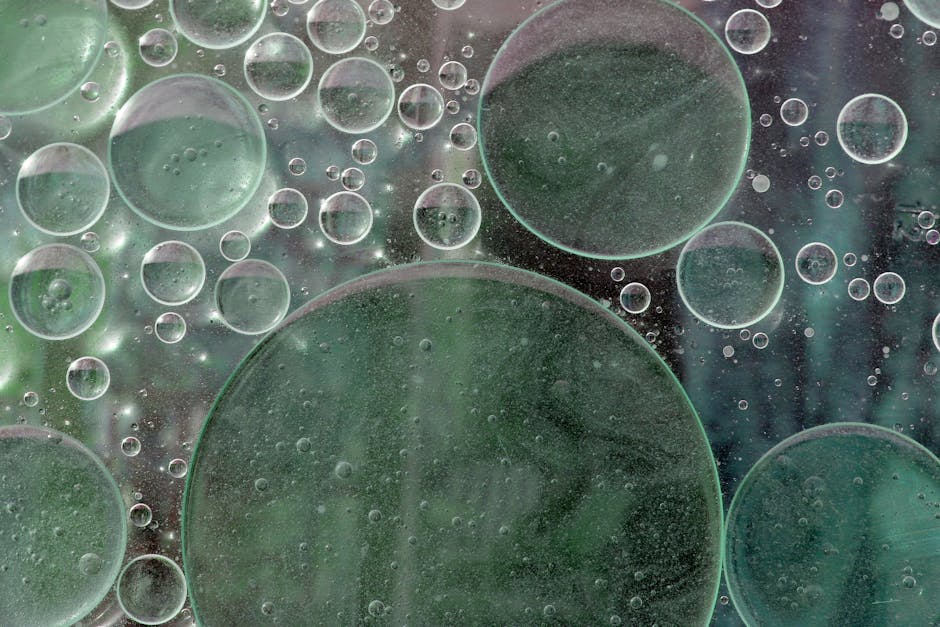
Photo by Landiva Weber on Pexels
Whether in classic films or modern streaming series, certain elements remain essential to effective scene flow:
- Pacing: The rhythm of scene transitions shapes the emotional tone and narrative momentum.
- Continuity: Visual and narrative consistency ensures that audiences can follow the story without confusion.
- Emotional Resonance: Well-crafted transitions heighten emotional impact, guiding viewers through highs and lows.
- Creative Transitions: Innovative techniques—such as match cuts, sound bridges, or digital effects—can enhance storytelling and leave a lasting impression.
- Audience Engagement: Scene flow should draw viewers in, maintaining their attention and investment in the story.
Mastering these elements is both an art and a science, requiring a deep understanding of narrative structure and audience psychology. The best directors and editors use scene flow to create a seamless, immersive experience that lingers long after the credits roll.
Scene Flow in Different Genres: From Comedy to Thriller
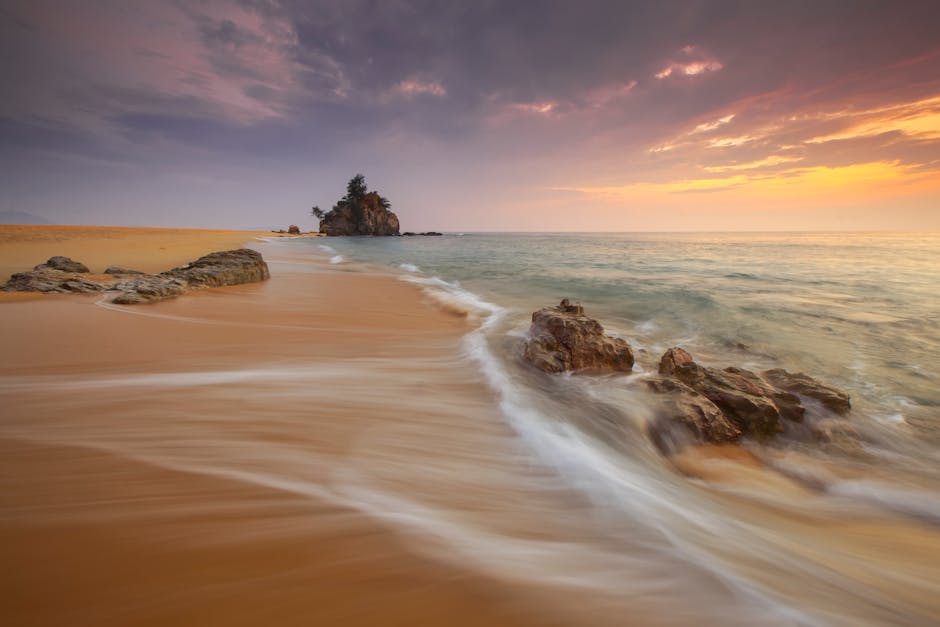
Photo by Zukiman Mohamad on Pexels
Scene flow isn’t a one-size-fits-all concept; it adapts to the needs of different genres. In comedies, rapid-fire cuts and punchy transitions keep the energy high and jokes landing. In thrillers, slow builds and suspenseful fades heighten tension and anticipation. Dramas often rely on lingering shots and subtle transitions to draw out emotional moments and character development.
Animated films and series use scene flow to create fantastical worlds, employing creative transitions that would be impossible in live-action. Action movies push the boundaries with high-octane sequences that blend practical effects with digital wizardry, creating a sense of momentum that propels the story forward.
Understanding the unique demands of each genre is key to crafting effective scene flow. The best storytellers tailor their approach to fit the tone, pace, and emotional core of their narrative, ensuring that every transition serves the story.
The Role of Technology in Shaping Scene Flow
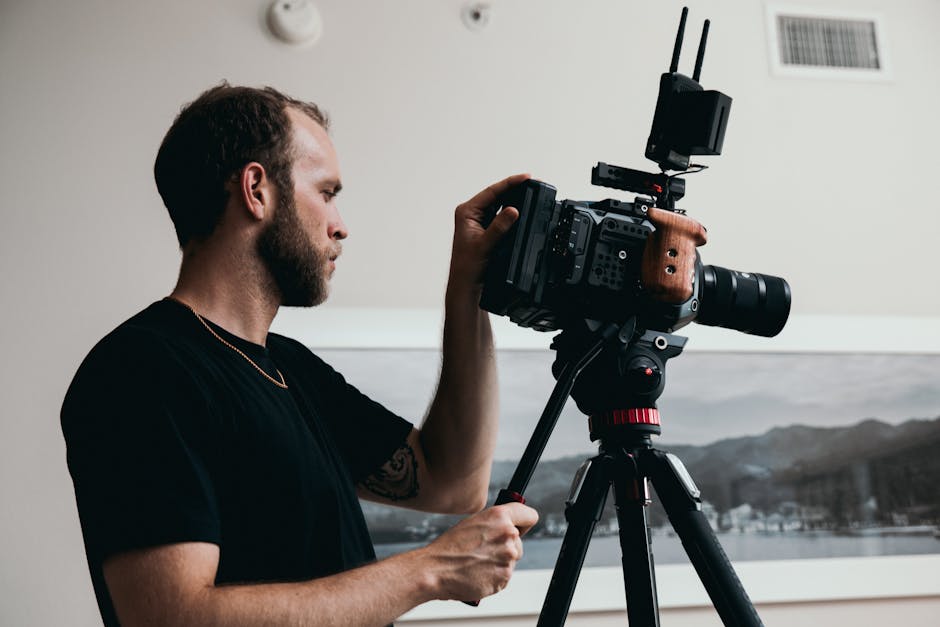
Photo by Kyle Loftus on Pexels
Technological advancements have always driven the evolution of scene flow. The shift from film to digital editing revolutionized the way stories are constructed, allowing for greater flexibility and experimentation. Today, tools like non-linear editing software, CGI, and real-time rendering give creators the power to manipulate time, space, and perspective in ways that were once unimaginable.
Virtual production techniques, such as those used in “The Mandalorian,” enable seamless integration of live-action and digital environments, creating transitions that are both visually stunning and narratively cohesive. These innovations not only enhance the visual spectacle but also open up new possibilities for storytelling, allowing creators to break free from traditional constraints.
As technology continues to evolve, so too will the art of scene flow. The future promises even more immersive and interactive experiences, blurring the lines between viewer and participant and redefining what it means to tell a story on screen.
Audience Expectations: How Viewers Shape Scene Flow

Photo by Daniel Samson on Pexels
Audience expectations play a crucial role in shaping the evolution of scene flow. As viewers become more media-savvy, they demand greater sophistication and nuance in storytelling. This has led to a rise in complex narratives, nonlinear structures, and innovative transitions that challenge and engage audiences in new ways.
Social media and online communities have also transformed the way viewers interact with TV and film, creating a feedback loop that influences how stories are told. Creators pay close attention to audience reactions, using data and analytics to refine their approach to scene flow and ensure that their work resonates with viewers.
The result is a more dynamic and responsive storytelling landscape, where scene flow is constantly evolving to meet the changing needs and desires of audiences around the world.
Case Studies: Memorable Scene Flow Moments in TV & Film
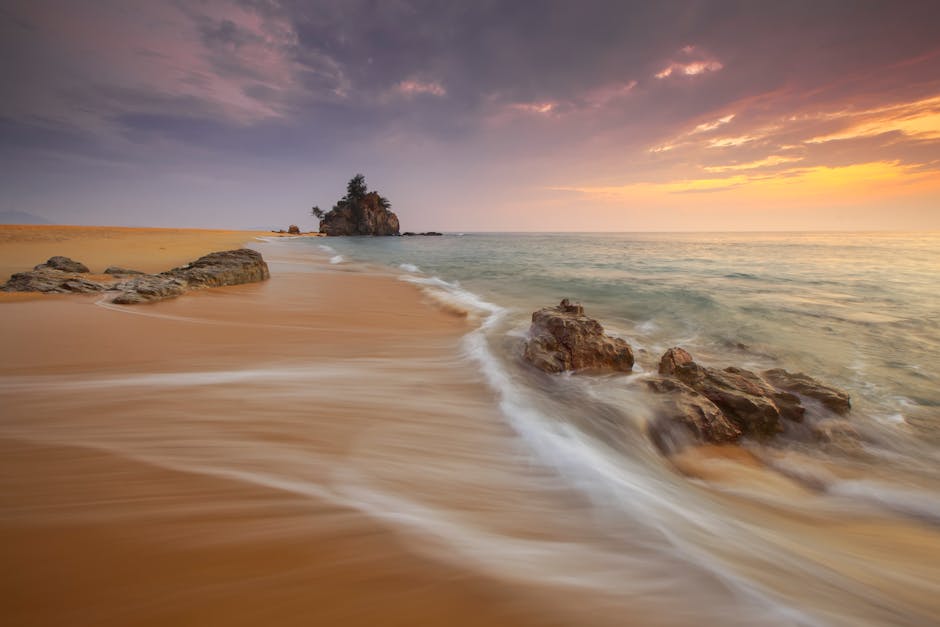
Photo by Zukiman Mohamad on Pexels
To truly appreciate the power of scene flow, it’s worth examining some of the most memorable transitions in TV and film history:
- “Pulp Fiction” (1994): Quentin Tarantino’s nonlinear narrative and inventive transitions create a tapestry of interconnected stories, challenging viewers to piece together the plot.
- “Breaking Bad” (2008-2013): The series is renowned for its seamless scene flow, using visual motifs and sound bridges to link scenes and build tension.
- “Birdman” (2014): The film’s illusion of a single continuous shot showcases the power of digital editing and choreography in creating immersive scene flow.
- “Stranger Things” (2016-present): The show’s use of parallel editing and nostalgic transitions pays homage to classic cinema while pushing the boundaries of modern storytelling.
These examples highlight the versatility and impact of scene flow, demonstrating how creative transitions can elevate storytelling and leave a lasting impression on audiences.
Then vs Now: The Lasting Impact of Evolving Scene Flow
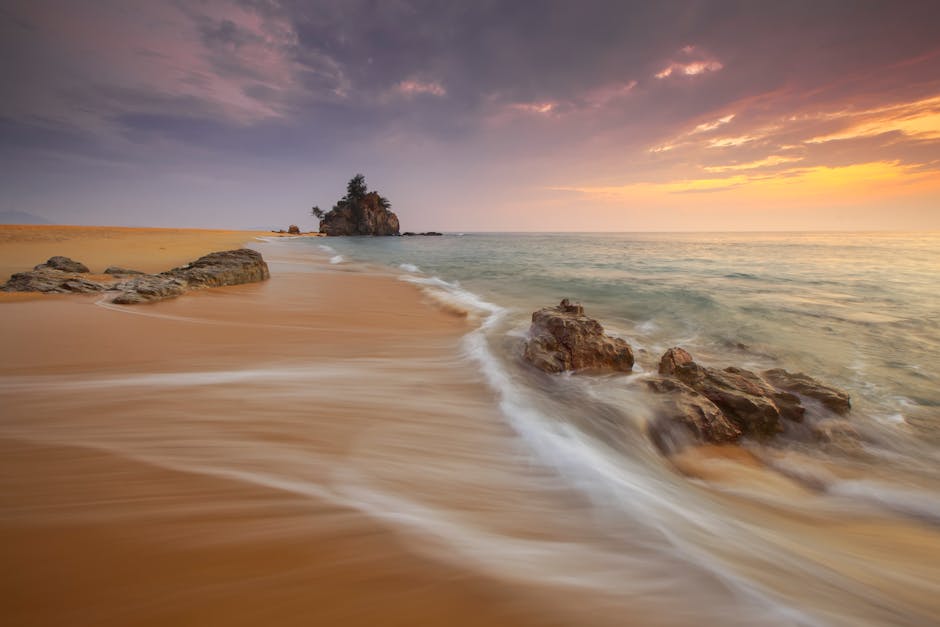
Photo by Zukiman Mohamad on Pexels
The journey from classic to modern scene flow reflects broader changes in technology, audience expectations, and creative ambition. While the tools and techniques have evolved, the fundamental goal remains the same: to guide viewers through a compelling narrative journey. Today’s storytellers stand on the shoulders of those who came before, building on a rich tradition of innovation and experimentation.
Looking ahead, the future of scene flow promises even greater possibilities. As technology continues to advance and audiences become more engaged, the art of transitioning between scenes will remain a vital part of TV and film storytelling. By understanding the past and embracing the future, creators can craft stories that resonate, inspire, and endure.
Sources
- https://library.fiveable.me/screenwriting-i/unit-7/transitions-scene-flow/study-guide/X7pHV2t2fPOgzzcU
- https://www.ri.cmu.edu/project/scene-flow/
- https://cvg.cit.tum.de/research/sceneflow
- https://www.cse.psu.edu/~rtc12/Papers/vedula05PAMI.pdf
